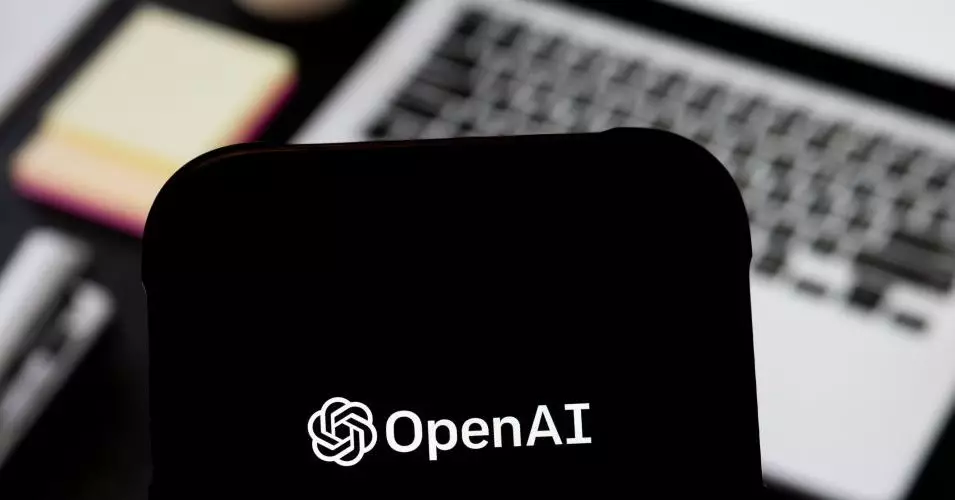The landscape of artificial intelligence (AI) is poised for a transformative shift as OpenAI prepares to unveil an open-weight language model, a strategic response to the growing influence and success of other firms in the space. This announcement from Sam Altman, the CEO of OpenAI, signifies more than just a new product; it represents a broader commitment to openness in AI, aiming to harness the potential of shared knowledge and innovation. OpenAI’s initiative is not only a reaction to the competitive advancements from DeepSeek and Meta’s Llama models but also a reaffirmation of the importance of accessible AI technologies.
By prioritizing open-weight architectures, OpenAI is positioning itself at the forefront of a movement towards democratized AI. This model will enable researchers and developers across the globe to engage with sophisticated AI systems, fostering an ecosystem where creativity and ingenuity can flourish. In an era where the applications of AI are vast and varied—from enhancing chatbots to transforming industries—the decision to make such models open is both bold and necessary.
Learning from Competitors: The Catalyst for Change
OpenAI’s shift can be traced back to the striking success of the R1 model released by DeepSeek, which reportedly exhibited high performance at significantly lower training costs. Altman’s earlier comments suggested a recognition of OpenAI’s misalignment with the evolving expectations surrounding AI development. The competitive landscape has demonstrated that open-weight models attract not only interest but also practical application, allowing developers to modify and specialize technology to meet diverse needs.
Furthermore, the success of Meta’s Llama model underscores a growing consensus that models with open weights are the future of AI innovation. These models enable users to download, adapt, and implement AI systems, leading to widespread experimentation and contribution. By tapping into this trend, OpenAI is strategically realigning itself to capture both market interest and stakeholder trust.
The Implications of Open Weights in AI Models
Open-weight models come with distinct advantages that can greatly benefit both organizations and individuals. When AI models are open and accessible, they not only lower entry barriers for startups and developers but also enhance transparency in AI operations. Users can examine, understand, and even scrutinize the inner workings of models, promoting ethical accountability in a field that often grapples with opaque practices.
However, the move towards open-weight models is not without its challenges. Concerns around misuse and ethical implications remain a significant consideration. Ascertainments about possible risks—ranging from facilitating cyberattacks to enabling the misuse of technologies for harmful purposes—have become prevalent in discussions among AI researchers. Consequently, OpenAI’s commitment to rigorous testing and safeguards is essential in maintaining both public trust and safety.
As Johannes Heidecke emphasized in his repost, OpenAI’s “Preparedness Framework” demonstrates that the organization is keenly aware of its responsibilities. The balance between innovation and safety will be crucial as OpenAI forges ahead with its initiatives, ensuring that advancements benefit society without compromising ethical standards.
Engagement with Developers: A Community-Centric Approach
OpenAI’s forthcoming open-weight model is more than a technological advancement; it represents an invitation for collaboration and innovation. By inviting developers to apply for early access and hosting events showcasing prototype features, OpenAI is fostering a sense of community among AI practitioners. This inclusive approach empowers users to actively participate in shaping the future of AI technologies.
Transparency about the development process and soliciting feedback from developers can also lead to insights that enhance the model’s capability and utility. A cooperative ecosystem where developers can share their insights, successes, and challenges can spark new ideas and applications that might not emerge in isolated environments. OpenAI’s outreach strategy underscores the belief that collective intelligence is a powerful force for progress in AI.
The landscape of artificial intelligence is evolving, and OpenAI’s decision to adopt an open-weight model is a commendable stride towards fostering innovation and collaboration. As organizations navigate the complexities of AI development, the opening up of valuable resources is a strategic move that aligns with global trends and user expectations. In embracing transparency, OpenAI not only enhances accessibility but also promotes ethical responsibility, striking a vital chord in the ongoing dialogue around the future of artificial intelligence.


Leave a Reply